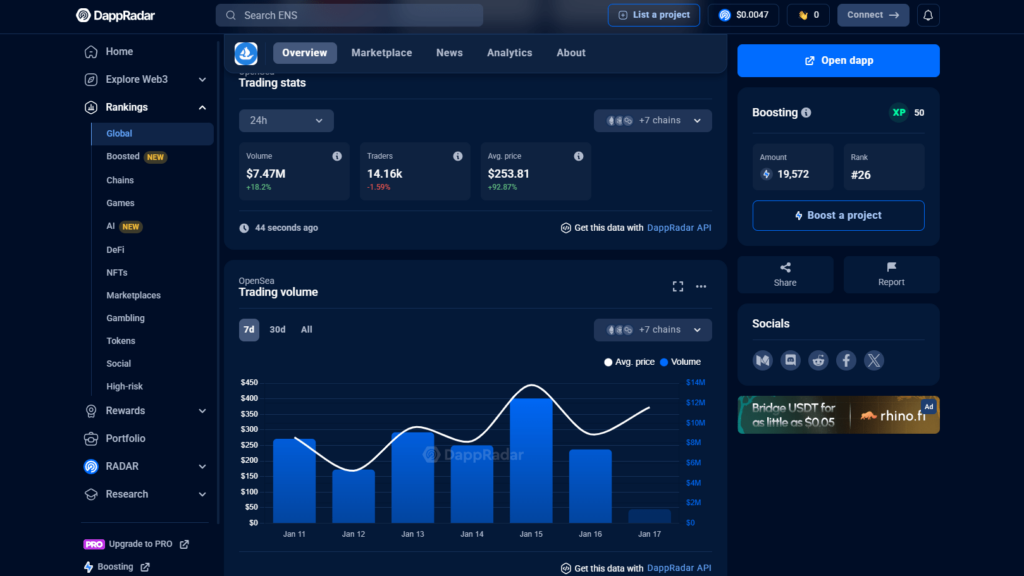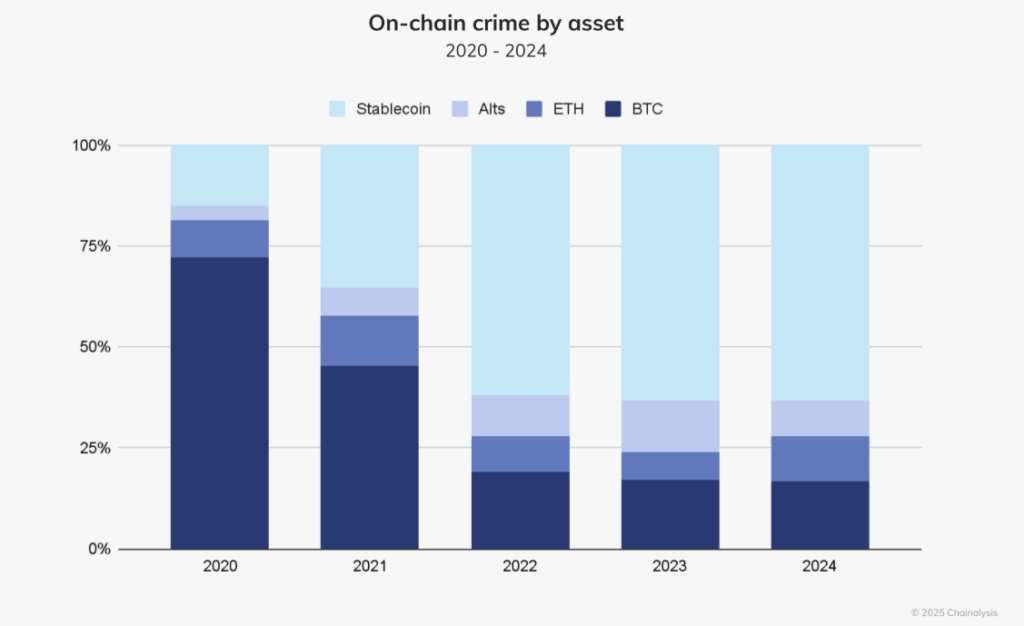For decades, scientists believed that memory was an exclusive function of the brain, carefully encoded by neurons. However, a groundbreaking study led by Nikolay V. Kukushkin at New York University challenges this notion, revealing that memory functions extend beyond the brain into other parts of the body. This discovery not only reshapes our understanding of memory but also opens new avenues for enhancing learning and treating memory-related disorders.
The Body as a Memory Archive
Traditionally, memory has been associated with the brain’s neural networks, but this research suggests that cells throughout the body also play a role in storing and recalling information. Just as a library extends beyond a single room, our bodies may house multiple archives of knowledge, each contributing to the overall memory landscape.
Kukushkin explains, “Learning and memory are generally associated with brains and brain cells alone, but our study shows that other cells in the body can learn and form memories, too.” This revelation raises the possibility that organs such as the heart, lungs, and even skin may contribute to our memory system, holding imprints of past experiences.
The Science of Memory Formation
The research builds on the well-established “massed-spaced effect,” a principle in neuroscience that suggests information is better retained when studied in spaced intervals rather than in a single cramming session. To test whether non-neural cells exhibit a similar phenomenon, Kukushkin and his team conducted experiments using human neuroblastoma and kidney cells. They exposed these cells to repeated pulses of forskolin and phorbol ester—chemicals that activate key memory-related signaling pathways.
Remarkably, these non-brain cells exhibited memory-like behavior. When exposed to spaced chemical pulses, they activated CREB, a transcription factor crucial for memory formation in neurons. To visualize this process, the researchers engineered the cells to produce a luminescent protein that glowed in response to memory activation, allowing them to track cellular memory formation in real-time.
The Massed-Spaced Effect in Non-Neural Cells
A key finding of the study was that non-neural cells responded more robustly to spaced stimulation than to massed stimulation. When the chemical pulses were delivered with intervals between them, the memory gene activation was stronger and more sustained. This mirrors how neurons process information in the brain, suggesting that memory mechanisms may be a fundamental feature of cellular function across different tissues.
One of the study’s most striking discoveries was the role of ERK and CREB signaling in cellular memory. ERK, a kinase involved in memory formation, was phosphorylated more effectively in cells subjected to spaced stimulation. Additionally, CREB activation was significantly higher in these conditions, further reinforcing the parallel between neuronal and non-neuronal memory storage.

Implications for Health and Learning
The implications of this research extend far beyond the laboratory. If non-neural cells possess memory-like properties, this could revolutionize approaches to medicine and education.
For example, understanding how cells retain information about past exposures could inform treatments for chronic diseases. Just as a chef refines a recipe based on past experience, our bodies might be capable of “remembering” metabolic patterns, helping to optimize blood sugar regulation or immune responses.
Kukushkin notes, “At the same time, it suggests that in the future, we will need to treat our body more like the brain.” This perspective could lead to breakthroughs in regenerative medicine, where cellular memory is harnessed to improve tissue repair, or in cancer treatment, where understanding how cells recall chemotherapy exposure might lead to more effective therapies.
A New Perspective on Memory
This research challenges the traditional view that memory is exclusively a function of neural networks. By demonstrating that non-neural cells can encode and retain information, it suggests that memory is a distributed property of biological systems. This could explain phenomena such as immune memory and metabolic adaptation, which rely on the body’s ability to retain and process past experiences.
As we deepen our exploration into cellular memory, we may uncover new strategies for enhancing learning, improving health, and redefining the role of memory in human biology. The body is no longer just a vessel for memories—it is an active participant in the intricate dance of learning and adaptation.
Conclusion
Nikolay Kukushkin’s research represents a paradigm shift in our understanding of memory. By showing that non-neural cells can exhibit memory-like behavior, it expands the boundaries of what we consider to be a cognitive function. This discovery has profound implications for healthcare, learning, and the future of memory research, opening doors to innovative approaches that treat the body as an integrated archive of experiences. As we continue to explore this emerging field, we may unlock new ways to enhance cognition, optimize health, and rethink the fundamental nature of memory itself.
Let us know your thoughts! Sign up for a Mindplex account now, join our Telegram, or follow us on Twitter.













































.png)

.png)


.png)